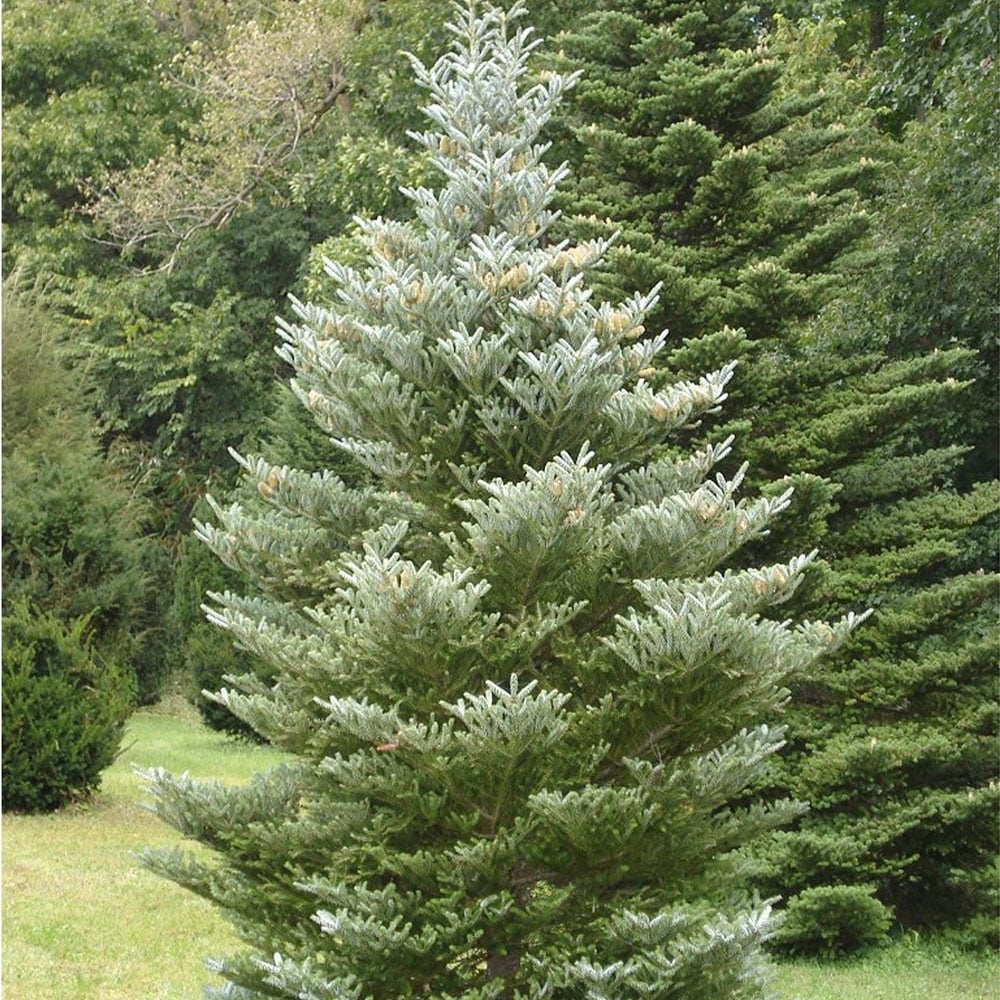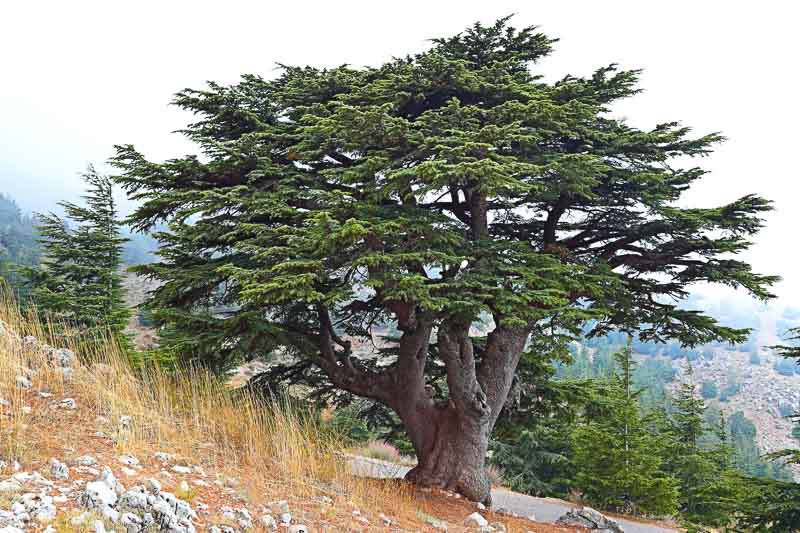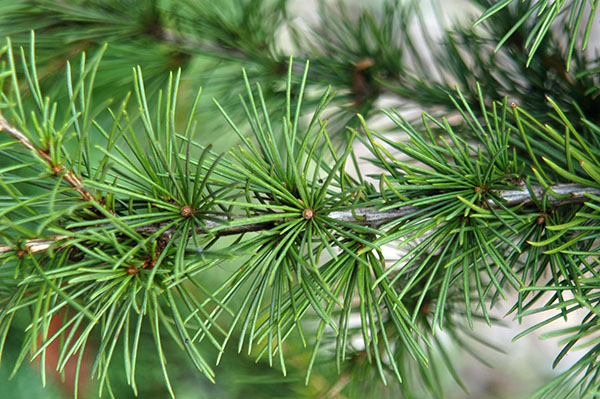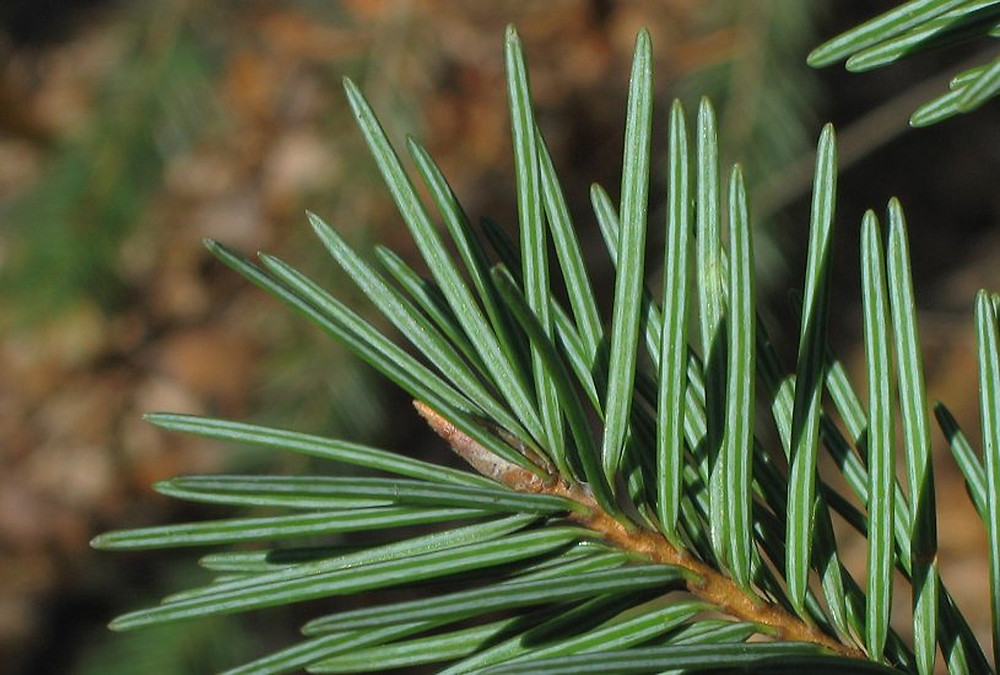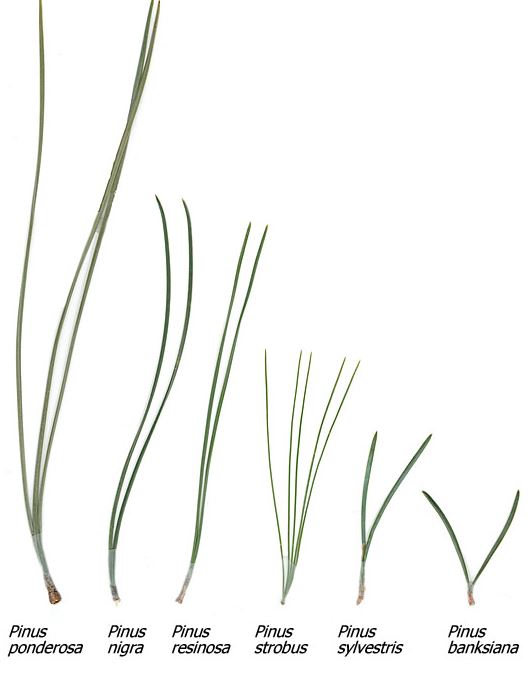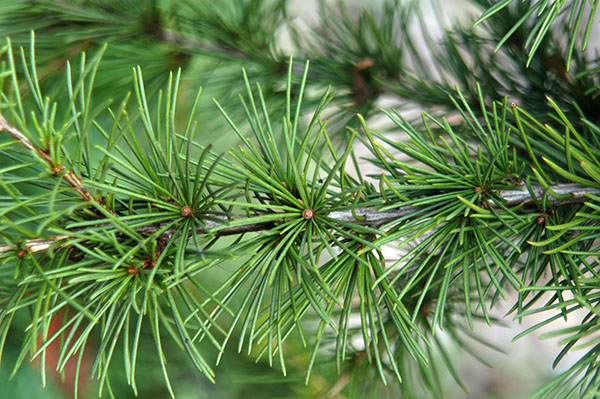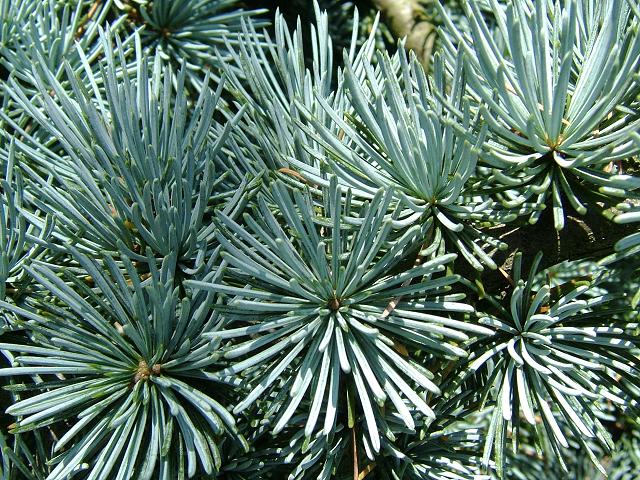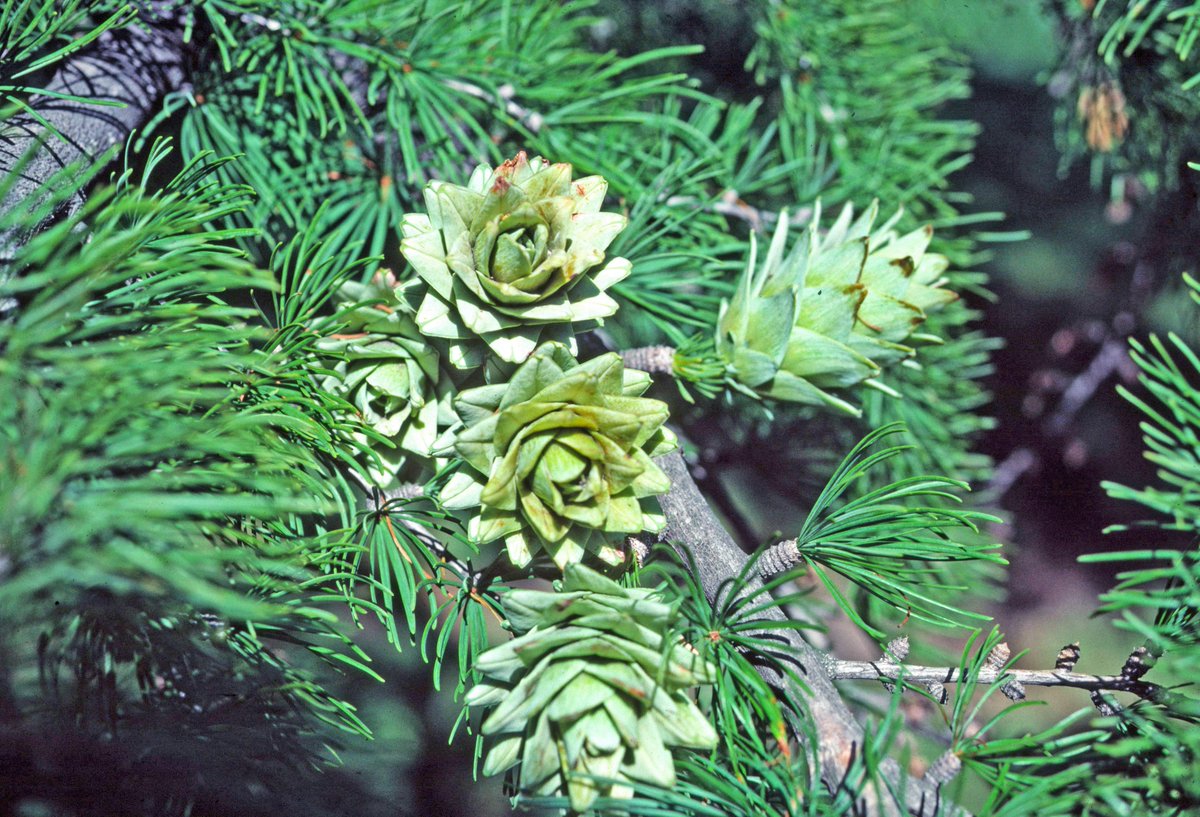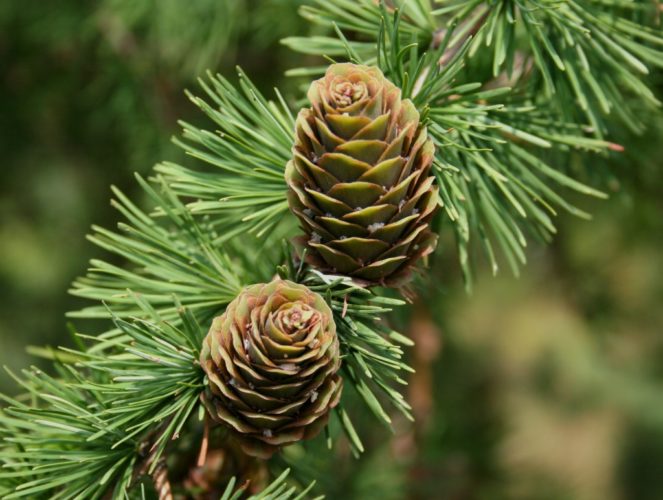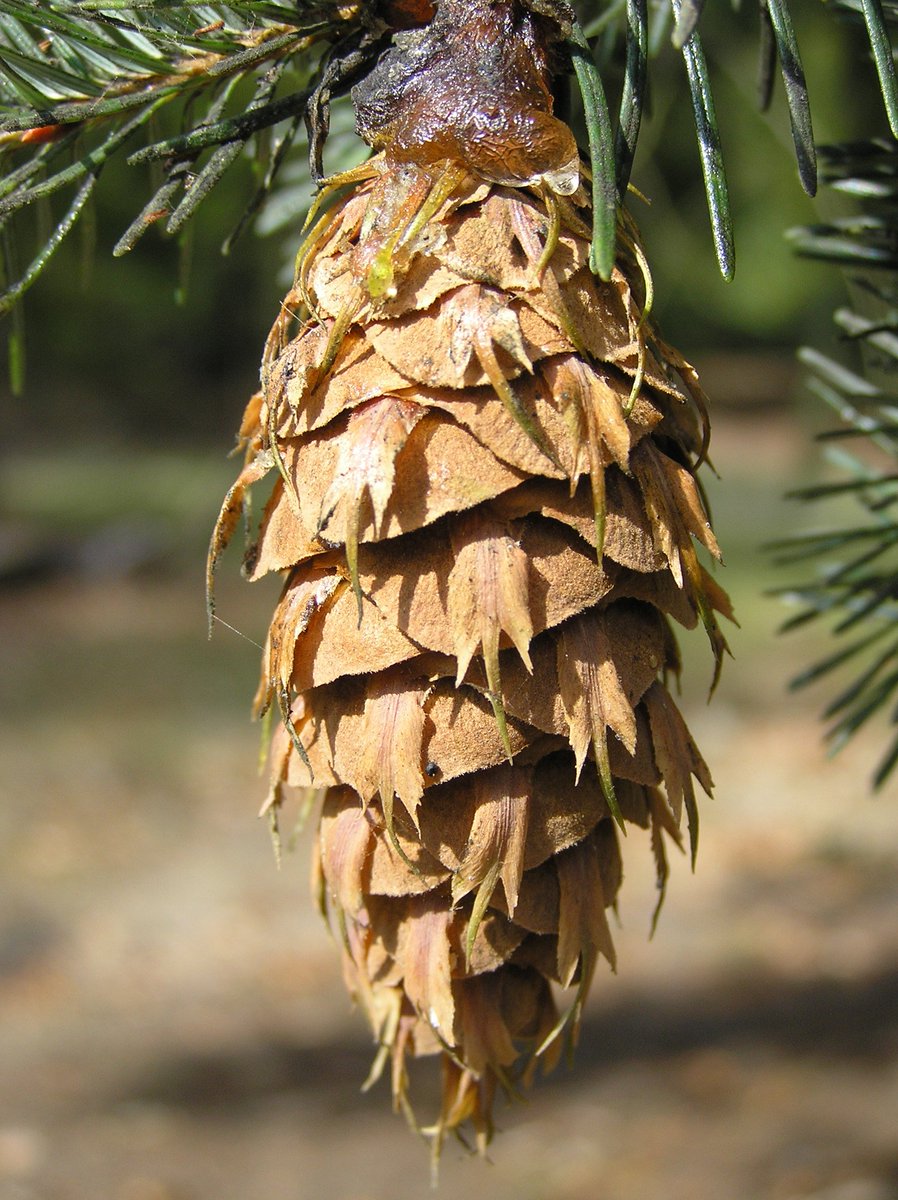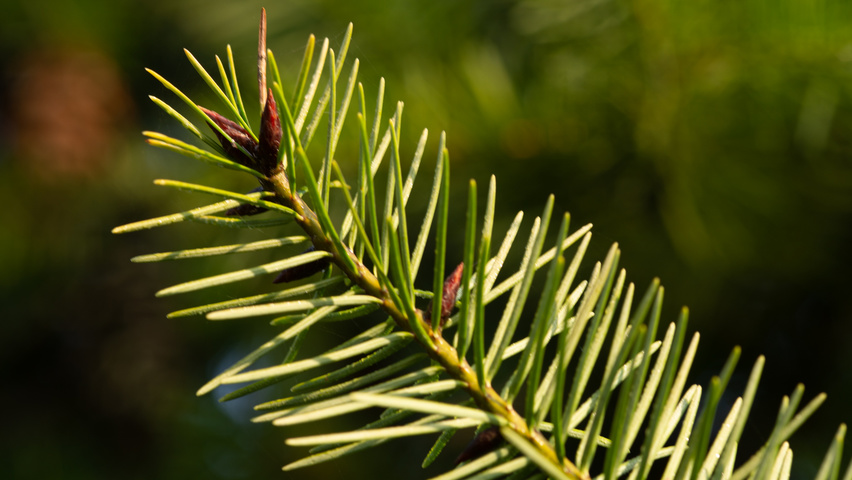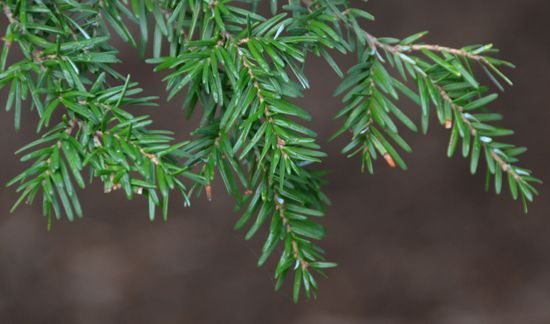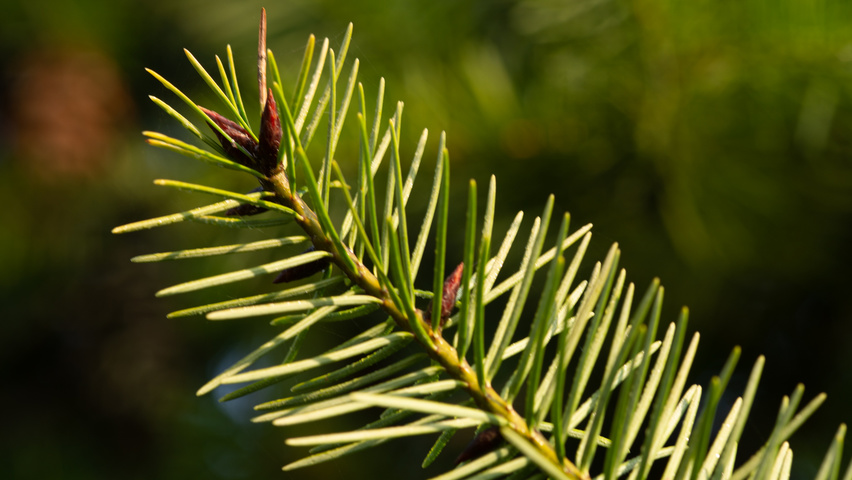This is an illustrated key to the genera of the Gymnosperm family Pinaceae. This is the biggest and in many ways the most important of the conifer families, and contains many of the really familiar kinds: pines, spruces, firs, larches, cedars and so forth.
The big groups within Pinaceae have needles in bundles (Pinus, Larix, Cedrus, Pseudolarix; left) or needles solitary (Picea, Abies, Pseudotsuga, Tsuga; right). You need to look closely enough to make absolutely sure that you have got this distinction right. Bundle or solitary ?
We’ll cover the needles in bundles first. If there are 5 or fewer needles per bundle, you have Pinus (illustrated). If more than this, then something else. Technically, the bundle is called a fascicle in Pinus, and is the membranous sheath at the base of these needle-groups.
In the last tweet you saw Pinus with 3, 2, 2, 5, 2 or 2 needles per fascicle: 2 is much the commonest number you'll find and 3 is the rarest. We'll talk about these issues much more when we look at the species within the genus Pinus in a later thread.
Evergreen trees with needles in bundles of 10 or more are Cedrus (illustrated). If deciduous, then something else (next tweet). The cones of Cedrus are huge (7-12cm long and more than 2cm wide).
There are two deciduous genera in Pinaceae with needles in bundles. Female cones papery, disintegrating on the tree is Pseudolarix (left). Female cones woody, remaining on the tree is Larix (right).
Now for the genera with single needles. There are two huge genera, Spruces (Picea) and True Firs (Abies), but we’ll come to these shortly. The two genera Tsuga and Pseudotsuga are easy to tell apart with cones because the bracts of Pseudotsuga are uniquely large (illustrated)
Note how the bract protrudes from the cone scale and is 3-pronged. It looks like the tassle on a Boy Scout's garter. The female cone of Tsuga is much smaller and, uniquely, is terminal on the shoot (illustrated)
As usual, if you haven't got cones, then you need to do a bit more work. The buds of Pseudotsuga are large and fusiform (spindle-shaped, tapering at both ends; left) while Tsuga are small and oval (right) and the needles shorter and relatively broader.

 Read on Twitter
Read on Twitter